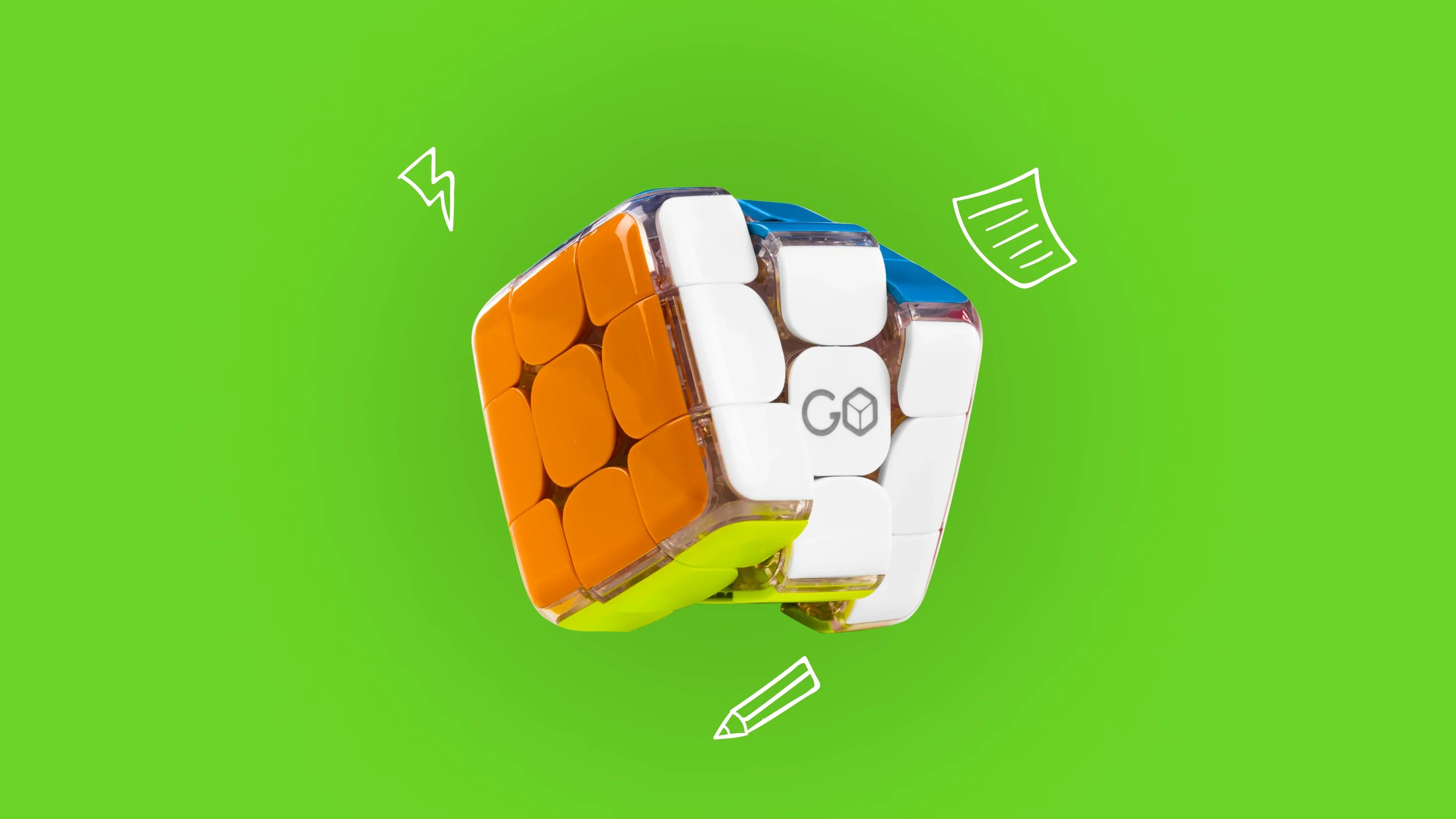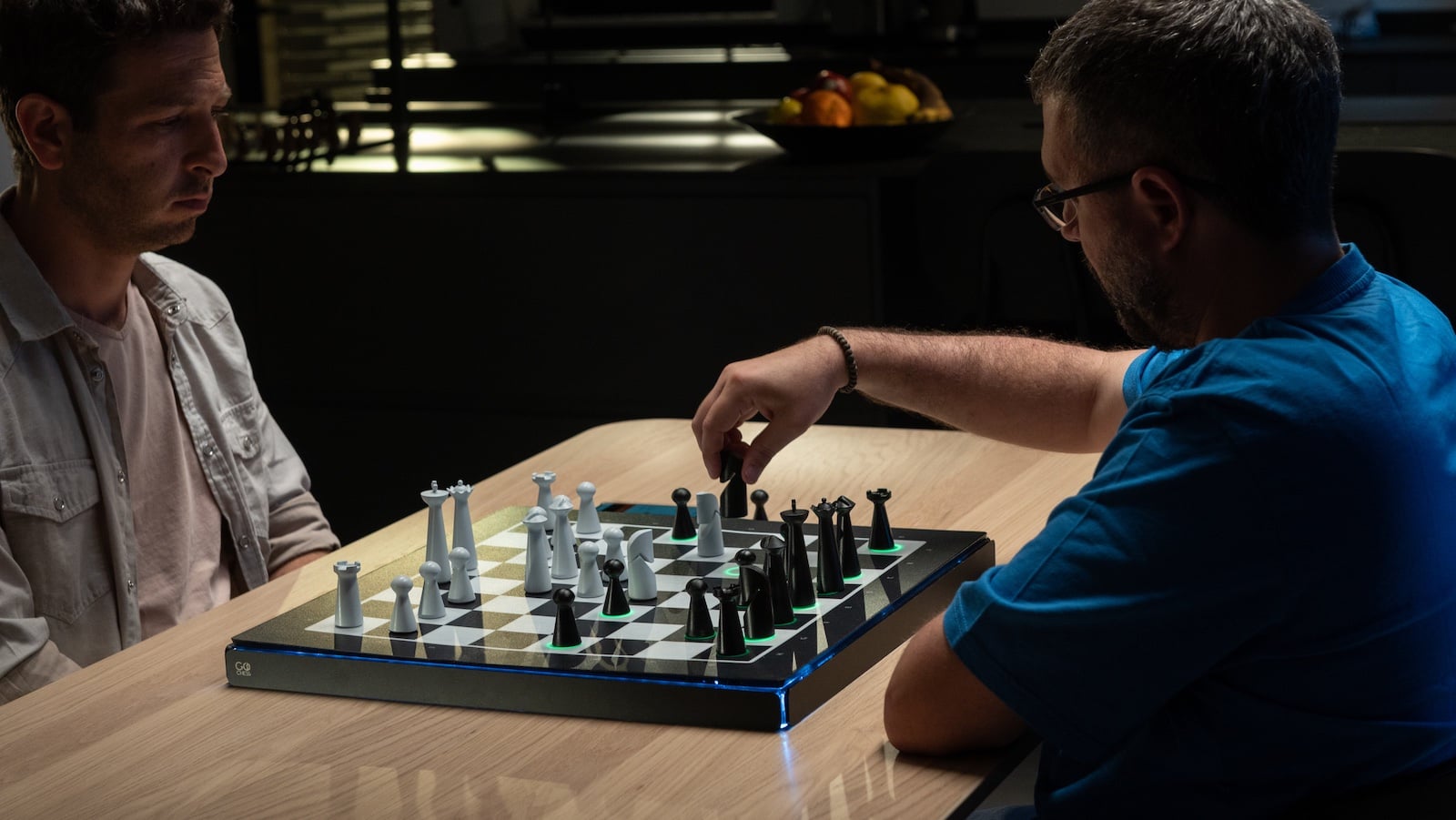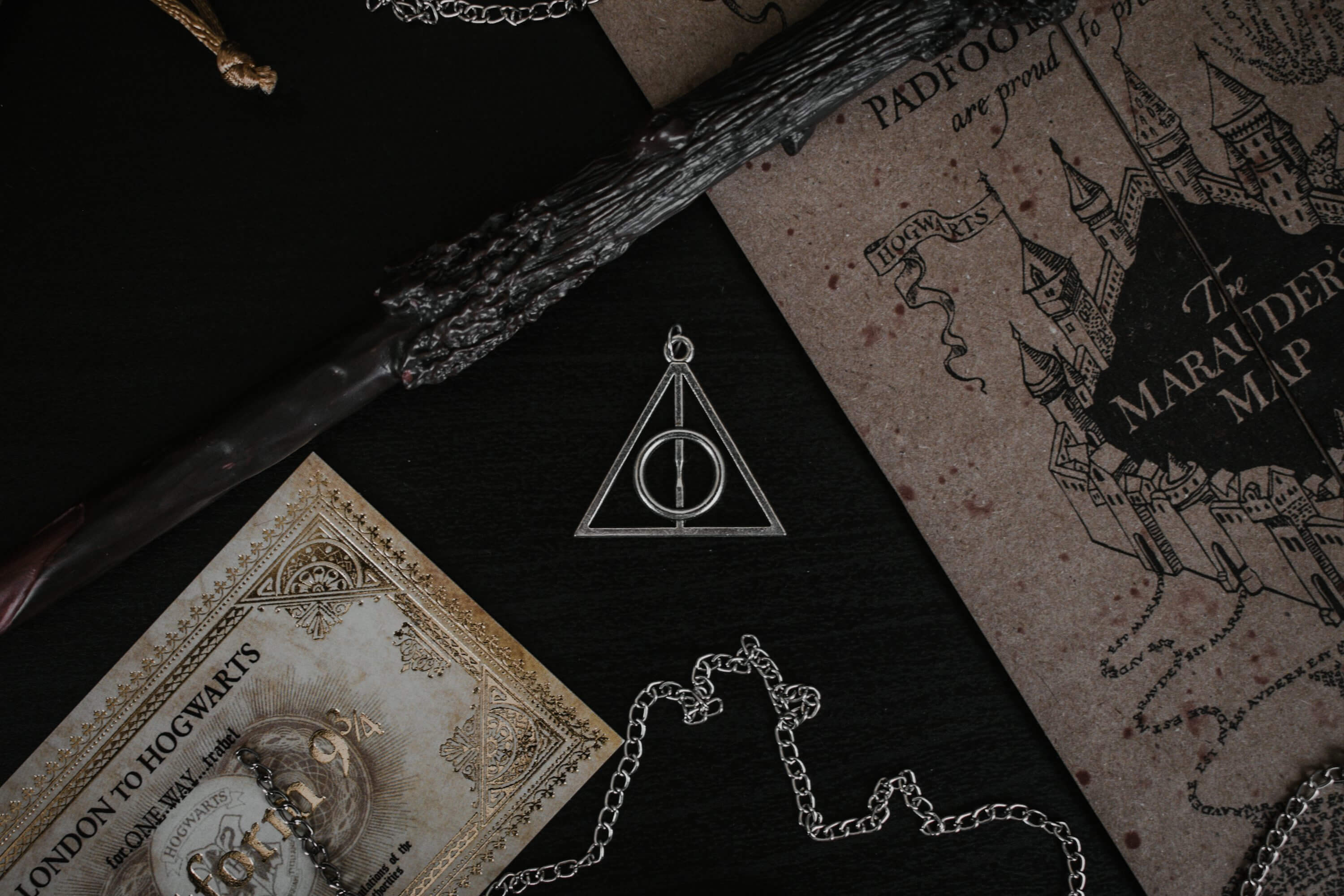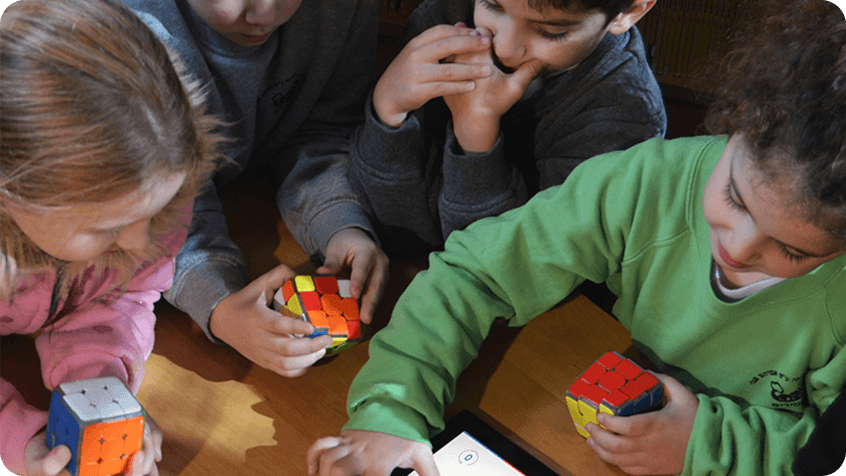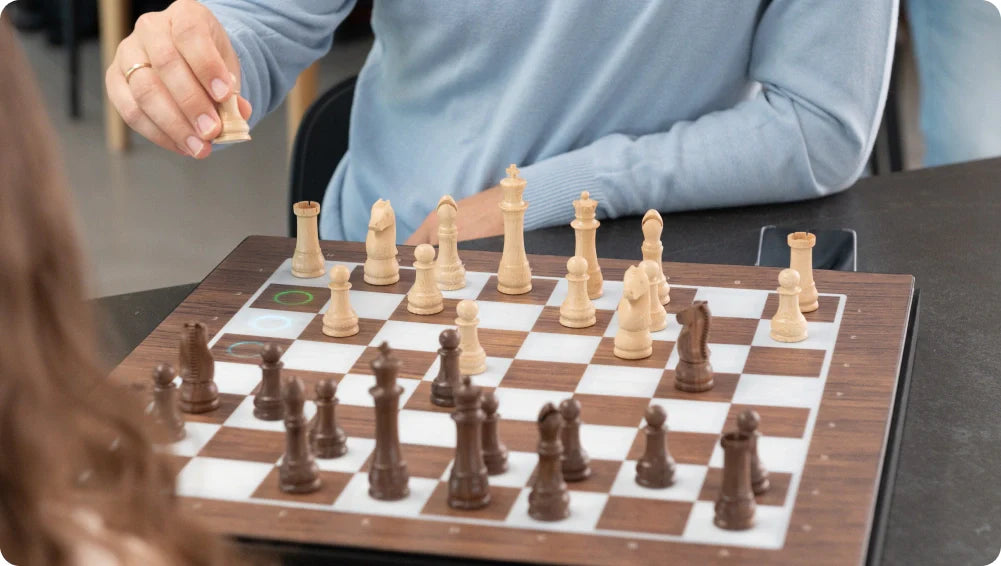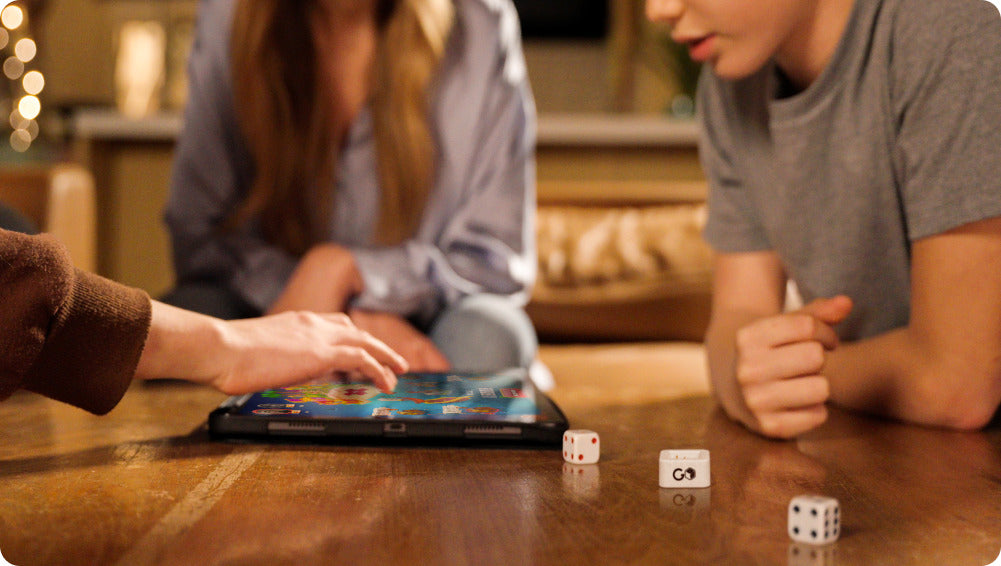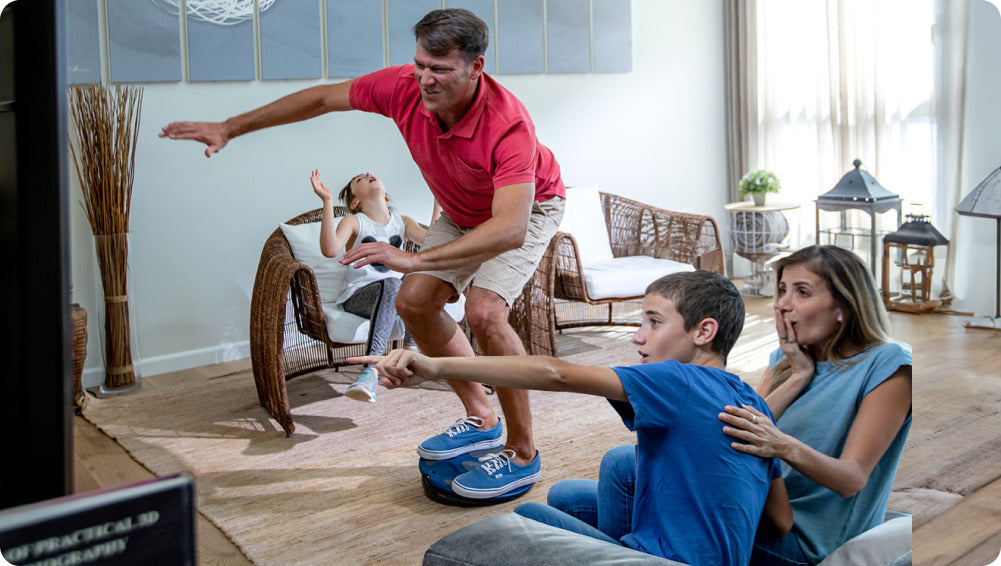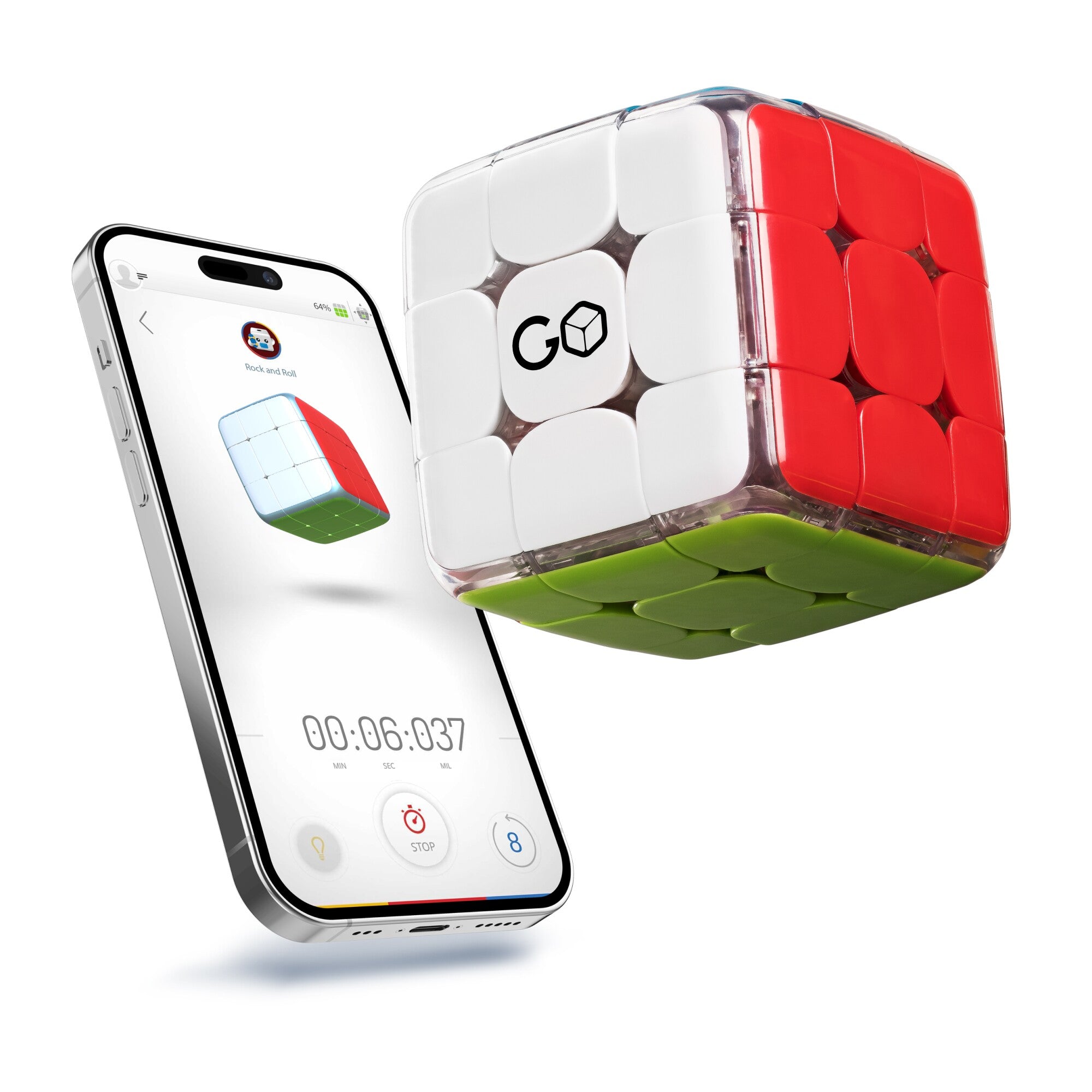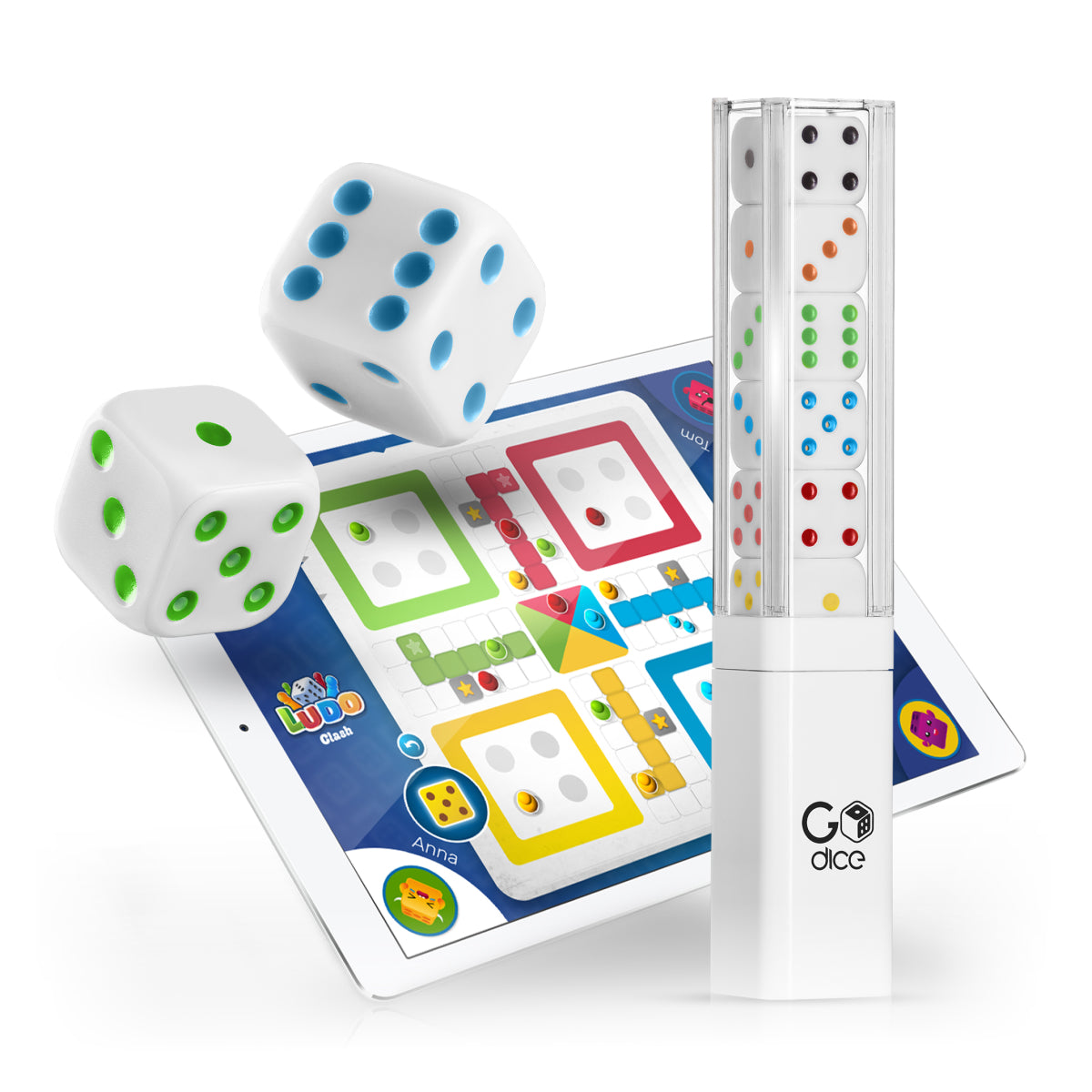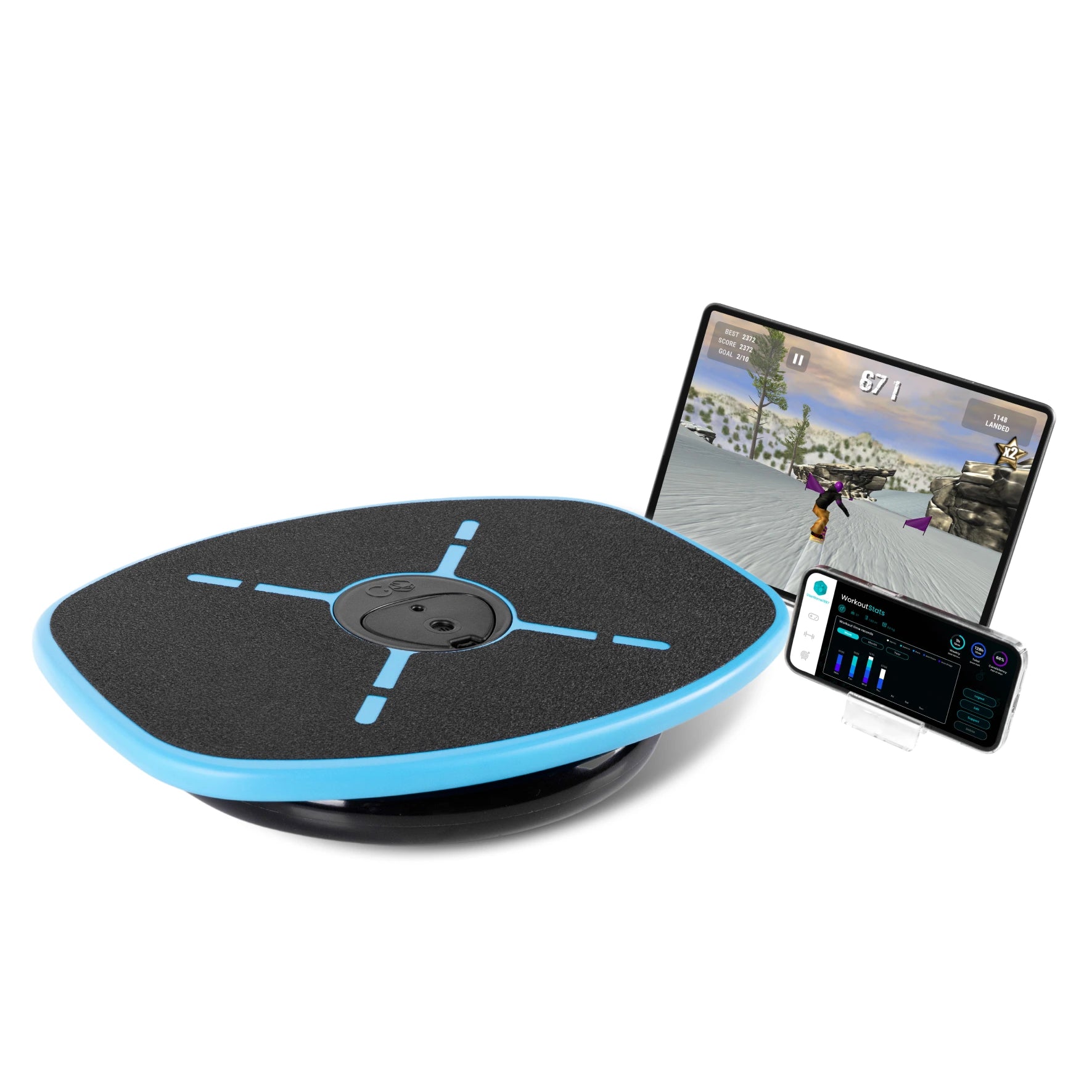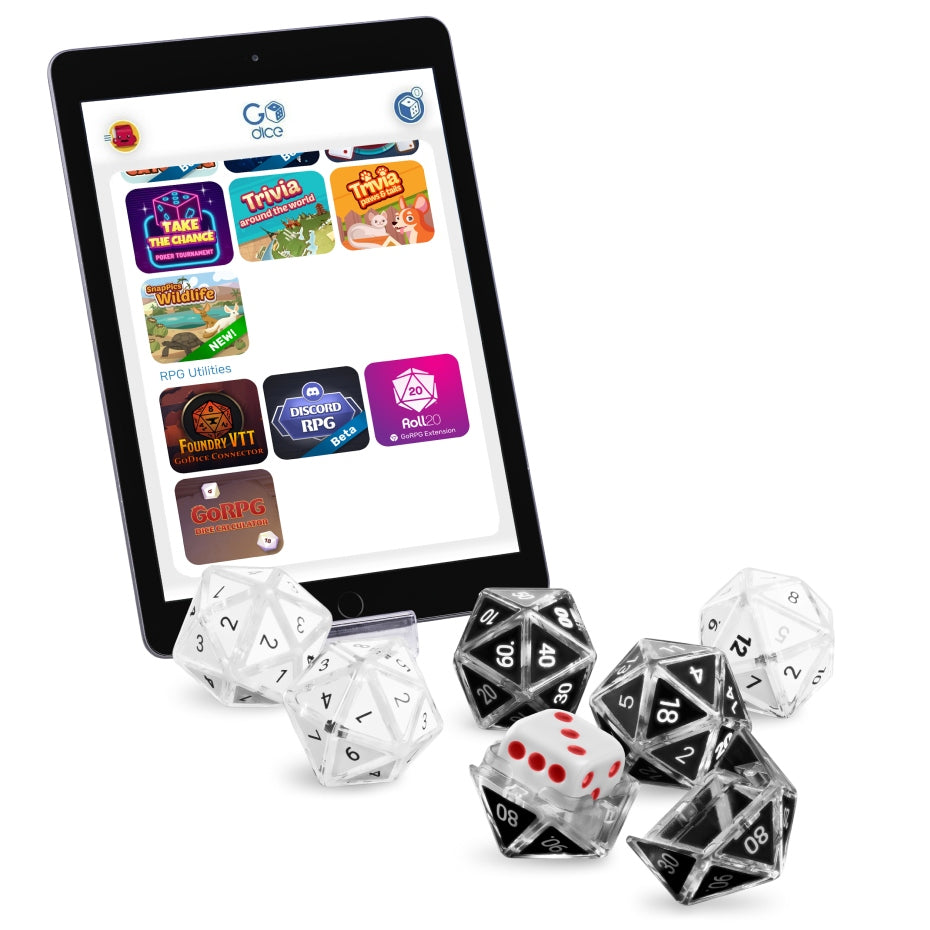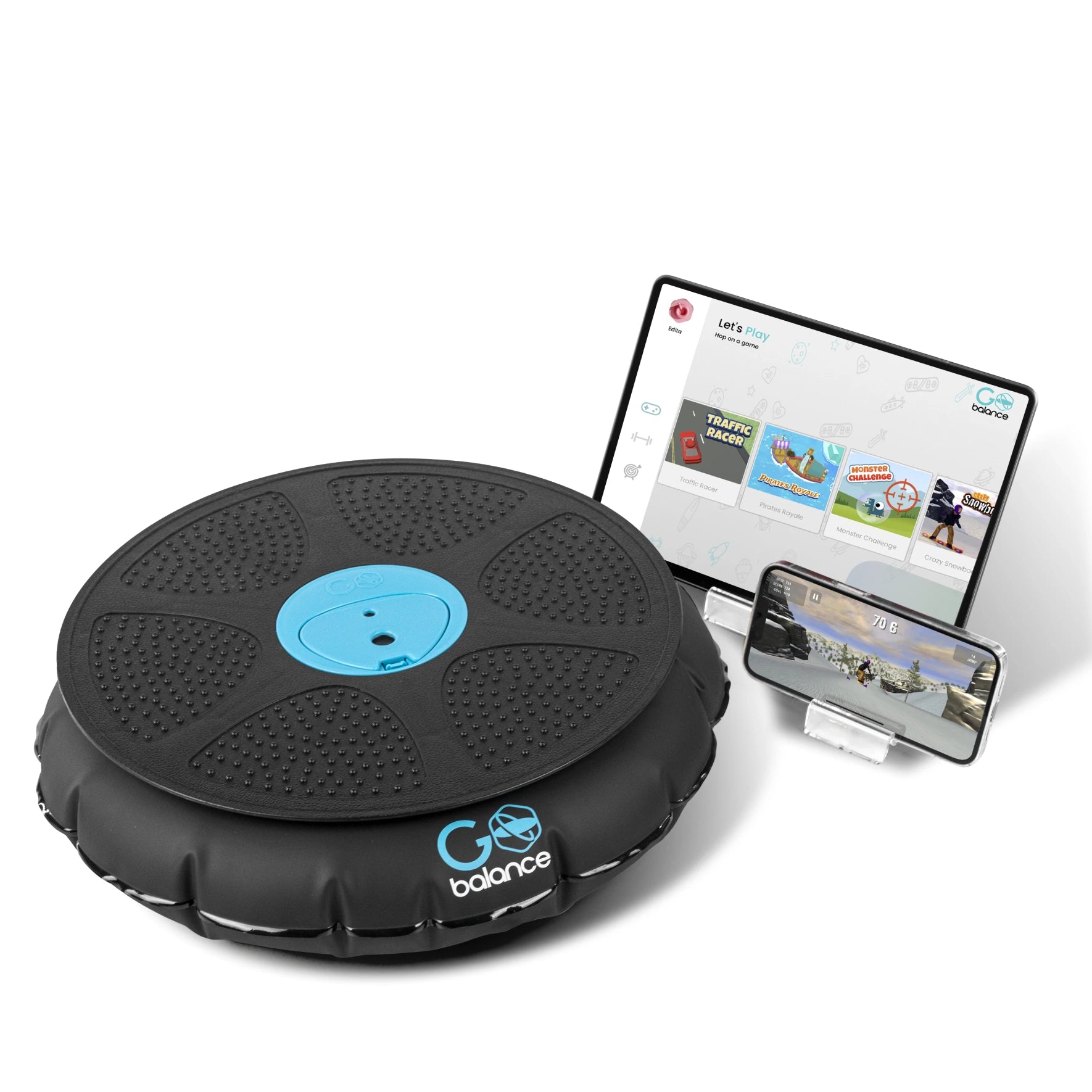The Rubik's Cube, a colorful 3D puzzle, has fascinated and challenged people around the world for decades. Since its invention in the 1970s, this iconic puzzle has evolved from a simple toy to a cultural phenomenon, inspiring countless enthusiasts and spawning a dedicated subculture of competitive speedcubing. It's not just a toy; it's a test of patience, dexterity, and mental agility.
In this article, we delve into 11 surprising facts about the Rubik's Cube that highlight its rich history, its impact on popular culture, and its enduring appeal. Whether you're new to the world of cubing or a seasoned solver, these facts are sure to spark your curiosity and deepen your appreciation for this timeless puzzle.
Table of Contents
- Fact 1: The Rubik's Cube Was Invented by a Hungarian Professor
- Fact 2: The Original Name Was "Magic Cube"
- Fact 3: The Cube Has 43 Quintillion Possible Configurations
- Fact 4: The First World Championship Was Held in 1982
- Fact 5: The Cube Has Inspired Art and Culture
- Fact 6: There Are Numerous Variations of the Cube
- Fact 7: The World Record for Solving a 3x3 Cube Is Under 4 Seconds
- Fact 8: Solving the Cube Can Improve Cognitive Skills
- Fact 9: The Rubik's Cube Was a Fad in the 1980s
- Fact 10: The Rubik's Cube Has Inspired Competitive Speedcubing
- Fact 11: The Cube Has Educational Applications
- Conclusion
Fact 1: The Rubik's Cube Was Invented by a Hungarian Professor
In 1974, Ernő Rubik, a Hungarian professor of architecture, created the Rubik's Cube as a teaching aid to help his students understand three-dimensional geometry. Rubik spent months experimenting with the puzzle. It wasn't until he scrambled the cube and tried to restore it that he realized the true challenge of his invention. The complexity of returning the cube to its original state fascinated him and many others.

Fun Fact: Rubik himself took over a month to solve the cube for the first time. His invention quickly became popular among his students and colleagues, leading to its mass production and global distribution.
Fun Fact 2: The cube's original mechanism used elastic bands to hold the pieces together, which was later replaced with the more durable and efficient interlocking pieces we know today.
Fact 2: The Original Name Was "Magic Cube"

Before the Rubik's Cube gained its famous name, it was known as the "Magic Cube." The name reflected the puzzle's enchanting and seemingly magical nature. In 1980, when the puzzle was licensed to the Ideal Toy Corporation for international distribution, the name was changed to the "Rubik's Cube" to honor its creator.
Fun Fact: The "Magic Cube" became an instant hit in Hungary, with people from all walks of life attempting to solve it. Its popularity quickly spread to other countries, leading to a worldwide craze.
Fun Fact 2: The name change to "Rubik's Cube" helped solidify Ernő Rubik's legacy, ensuring that his contribution to the world of puzzles and games would never be forgotten.
Fact 3: The Cube Has 43 Quintillion Possible Configurations
One of the most mind-boggling facts about Rubik's Cube is the sheer number of possible configurations. There are approximately 43 quintillion (43,252,003,274,489,856,000) different ways to arrange the pieces of a standard 3x3 Rubik's Cube. Despite this astronomical number, every configuration can be solved in 20 moves or fewer, a concept known as "God's Number."
Fun Fact: The term "God's Number" refers to the minimum number of moves required to solve the cube from any scrambled position. This number was confirmed through extensive computer calculations and algorithms.
Fun Fact 2: Nowadays, modern versions of Rubik's Cubes have emerged that would be mind-blowing even to Ernő Rubik himself. One such innovation is the development of smart cubes, which are interactive and help you learn and improve your solving skills.
Fact 4: The First World Championship Was Held in 1982

The first official Rubik's Cube World Championship took place in Budapest, Hungary, in 1982. Participants from all over the world competed to solve the cube in the shortest time possible. The event attracted a diverse group of competitors and marked the beginning of organized competitive cubing.
Fun Fact: The winner of the 1982 World Championship was Minh Thai, a 16-year-old student from the United States, who solved the cube in 22.95 seconds. This record time was a remarkable achievement for its era.
Fun Fact 2: Since 1982, the World Championships have grown significantly, with thousands of participants from around the globe competing in various events, including solving the cube blindfolded, with one hand, and even with their feet.
Fact 5: The Cube Has Inspired Art and Culture
The Rubik's Cube has transcended its status as a mere puzzle to become a cultural icon. It has been featured in movies, TV shows, and even art installations. Artists use the cube's colorful patterns to create intricate mosaics and sculptures, blending the worlds of art and puzzles.
Fun Fact: In the 2006 film "The Pursuit of Happyness," the Rubik's Cube plays a significant role in a pivotal scene where the protagonist, played by Will Smith, impresses a potential employer by solving the cube quickly.
Fun Fact 2: Rubik's Cube art has become a popular medium for artists, with some creating stunning portraits and landscapes using hundreds of cubes. The resulting works are not only visually impressive but also a testament to the creativity and skill required to manipulate the cube's colors.
Fact 6: There Are Numerous Variations of the Cube

Beyond the classic 3x3 cube, there are many variations, including the 2x2 "Pocket Cube," the 4x4 "Rubik's Revenge," and even the 17x17 cube. Each variation presents its own unique challenges and strategies, making the world of cubing diverse and exciting.
Fun Fact: The 17x17 cube, often referred to as the "Over the Top Cube," has a staggering 1,539 pieces and takes several hours to solve, even for experienced cubers. It holds the record for the largest commercially available Rubik's Cube.
Fun Fact 2: The "Mirror Cube," a 3x3 cube with blocks of varying sizes, adds an extra layer of difficulty by requiring solvers to match the shapes of the pieces rather than the colors.
Fact 7: The World Record for Solving a 3x3 Cube Is Under 4 Seconds
As of now, the official world record for solving a 3x3 Rubik's Cube is held by Yusheng Du of China, who completed it in an astonishing 3.47 seconds in 2018. This record-breaking feat highlights the incredible skill and dexterity of top speedcubers.
Fun Fact: Speedcubers use advanced techniques and algorithms to achieve these lightning-fast solve times. The CFOP method (Cross, F2L, OLL, PLL) is one of the most popular and efficient solving methods among competitive cubers.
Fun Fact: The rise of online tutorials, forums, and communities has played a significant role in the improvement of solving times, allowing cubers to share strategies and tips globally. There are apps that allow you to track your improvements and even compete with others by using a real-life cube, just like GoCube.
Fact 8: Solving the Cube Can Improve Cognitive Skills
Numerous studies have shown that solving the Rubik's Cube can improve cognitive skills such as memory, concentration, and problem-solving abilities. It engages both the left and right hemispheres of the brain, making it a fantastic mental workout.
Fun Fact: The Rubik's Cube is often used in cognitive therapy and educational settings to help develop fine motor skills and spatial awareness in children and adults alike.
Fun Fact 2: Competitive cubers often report improved hand-eye coordination and quicker reflexes as a result of their practice, benefits that can translate to other areas of life and learning.
Fact 9: The Rubik's Cube Was a Fad in the 1980s
During the 1980s, the Rubik's Cube became a massive fad, with millions of cubes sold worldwide. It was a common sight in households, schools, and offices as people of all ages tried to master the puzzle. The craze led to a surge in puzzle-related media, including books, TV shows, and even Rubik's Cube-themed merchandise.
Fun Fact: The Rubik's Cube was so popular in the 1980s that it inspired a cartoon series called "Rubik, the Amazing Cube," which featured a sentient, magical Rubik's Cube as the main character.
Fun Fact 2: The cube's influence extended to the fashion world, with clothing and accessories featuring its distinctive colorful design becoming trendy during the height of its popularity.
Fact 10: The Rubik's Cube Has Inspired Competitive Speedcubing
The competitive world of speedcubing has grown exponentially since the early 2000s. There are now numerous competitions held worldwide, with events for different cube types and solving methods. Speedcubers use advanced techniques and algorithms to achieve incredibly fast solve times.
Fun Fact: The World Cube Association (WCA) was established in 2004 to oversee and regulate official Rubik's Cube competitions. The WCA has since standardized competition rules and maintains official records for various cubing events.
Fun Fact 2: Some of the most popular events in speedcubing competitions include solving the cube one-handed, blindfolded, and even underwater. These unique challenges showcase the versatility and skill of competitive cubers.
Fact 11: The Cube Has Educational Applications
Teachers and educators use the Rubik's Cube as a tool for teaching mathematics, geometry, and algorithms. Its hands-on nature makes it an excellent resource for engaging students and making complex concepts more accessible.
Fun Fact: The Rubik's Cube is used in STEM (Science, Technology, Engineering, and Mathematics) education programs to teach problem-solving techniques and critical thinking skills.
Fun Fact 2: Smart cubes, like the Rubik's Connected, have taken this educational tool to the next level. These cubes use advanced sensors and a companion app to provide interactive learning experiences, helping users improve their solving skills in a fun and engaging way.
Conclusion
The Rubik's Cube is more than just a puzzle; it's a phenomenon that has captivated and inspired millions of people worldwide. From its humble beginnings as a teaching tool to its current status as a competitive sport and cultural icon, the Rubik's Cube continues to challenge and delight.
Whether you're a seasoned speedcuber or a beginner looking to improve your skills, the Rubik's Cube offers endless opportunities for learning and fun. So, grab a cube and start turning!



